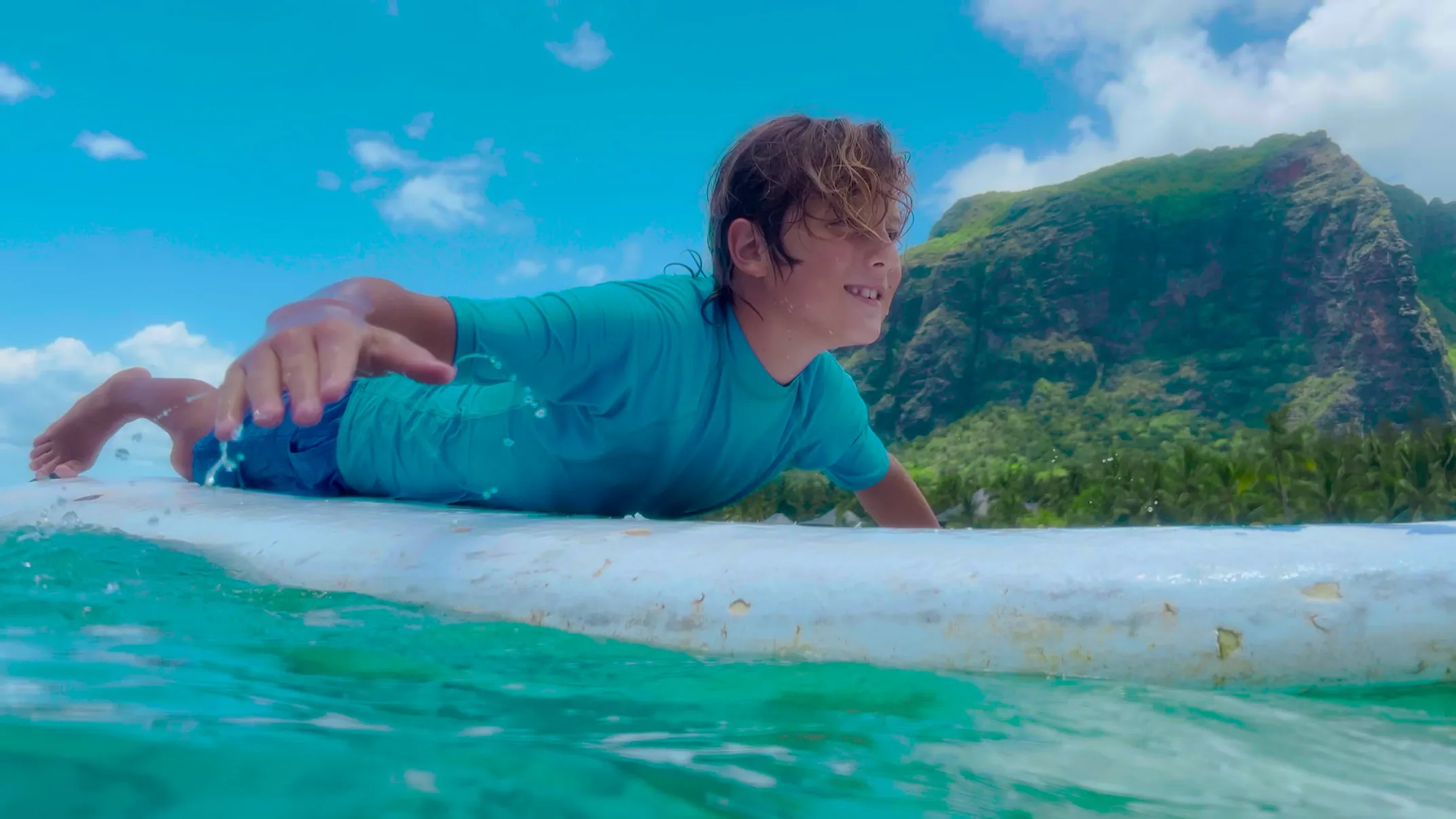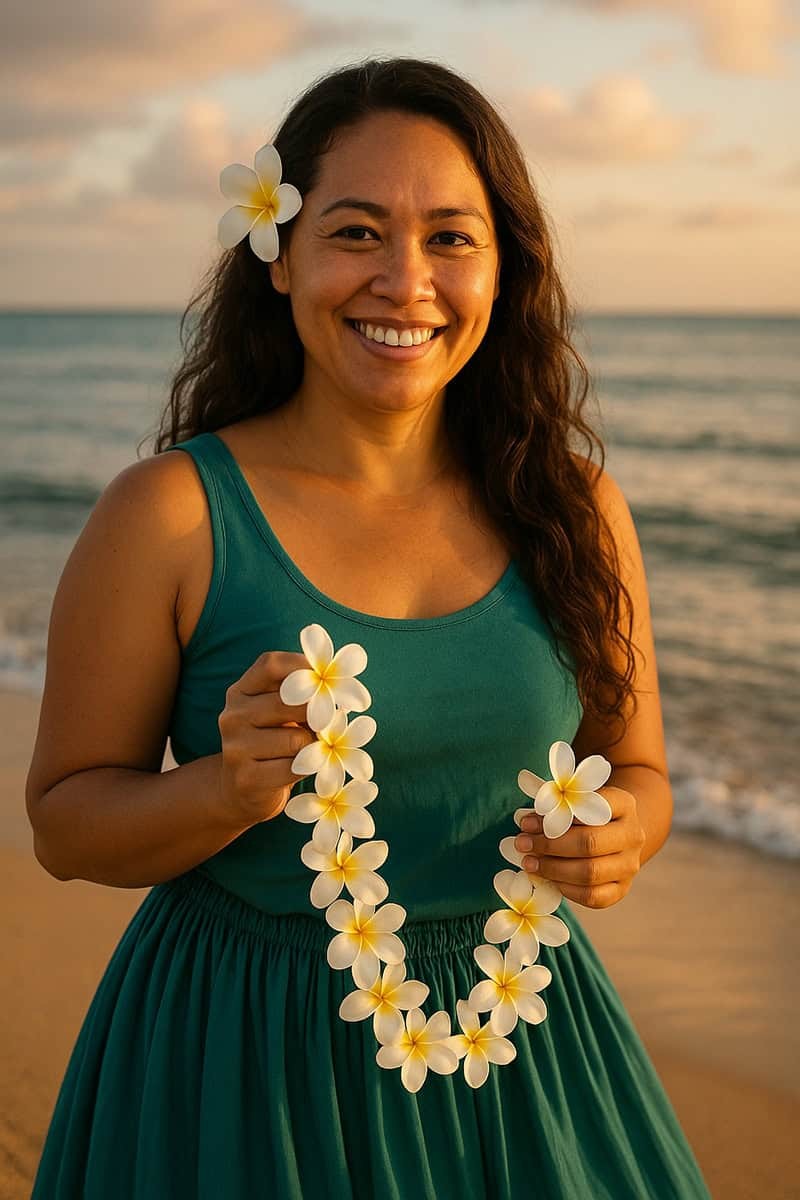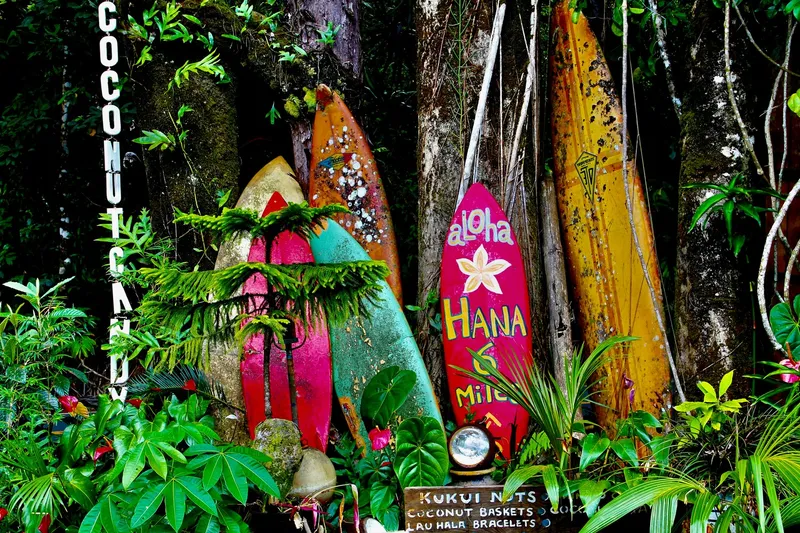

Surfing in Hawaii
The Ultimate Guide from Beginner to Pro

Written by a Local Surf Expert
Leilani AkoAloha from a Local Wave Rider
Aloha, fellow wave riders! I'm Leilani Ako, born and raised here on Oʻahu, where the sound of breaking waves has been my daily soundtrack since childhood. As someone who learned to surf at Castles before I could properly pronounce "humuhumunukunukuāpua'a," I've had the privilege of experiencing our islands' incredible surf culture from the inside out.
Whether you're planning your first surf lesson or dreaming of charging Pipeline, let me share what makes surfing in Hawaiʻi so magical and how to do it right. From mellow longboard waves perfect for learning, to thunderous reef breaks that test the world's best, Hawaii truly offers something for every surfer.
"To surf in Hawaii is to partake in a way of life that locals have cherished for generations, guided by respect for the ocean and the aloha spirit of love and kindness."

Why Hawaii Is a Surfer's Paradise
Hawaii isn't just another surf destination. It's the birthplace of surfing, with a rich wave-riding tradition that stretches back centuries. Ancient Hawaiian aliʻi (chiefs) once rode wooden olo boards on these very waves, and today Hawaii remains the spiritual home of the sport.
What makes surfing in Hawaii so special is the unmatched variety and quality of waves, all set against a backdrop of warm water, golden beaches, and lush volcanic islands. Perhaps most importantly, surfing is woven into Hawaiian culture. This is the land of Duke Kahanamoku, Waikīkī's legendary "Ambassador of Aloha," who helped share surfing with the world.
🌊 Year-Round Waves
No matter when you visit, you'll find rideable waves somewhere on the islands. Winter brings big north swells, summer brings south swells, and the tropical climate means warm water year-round.
🏄♂️ Cultural Heritage
Surfing is deeply woven into Hawaiian culture and history. From ancient ali'i to modern legends like Duke Kahanamoku, every wave connects you to centuries of tradition.
Ready to Catch Some Waves?
From beginner-friendly Waikīkī breaks to world-famous Pipeline, discover the perfect waves for your skill level across Hawaii's legendary surf spots.
Learn About Surf Seasons🌊 Surf Info
- Best Season: Year-round
- Water Temp: 75-82°F
- Lesson Price: $75-150
- Board Rental: $25-50/day
- Best Time: Early morning
🎒 What to Bring
- Reef-safe sunscreen
- Swimwear & rashguard
- Water & snacks
- Waterproof camera
- Towel & change of clothes
🔗 Explore Hawaii Surfing
📧 Stay Updated
Get the latest Hawaii adventure tips and exclusive deals.
Surf Seasons and Conditions in Hawaii
One of the first things to know when planning a Hawaii surf adventure is that wave conditions change dramatically by season. Instead of big swings in temperature, Hawaii's seasons are defined by the size and direction of ocean swells. Here's what to expect throughout the year:
🌨️ Winter (Nov-Apr): Big Wave Season
Powerful storm systems in the North Pacific send huge, consistent swells to north and west shores. Spots like Pipeline and Waimea Bay come alive with 20-30+ foot waves.
Best for: Advanced/Expert surfers
☀️ Summer (Jun-Sep): South Shore Season
South swells from the southern hemisphere bring consistent surf to south-facing coasts. Perfect for beginners with typically waist-to-head-high waves.
Best for: Beginners to Intermediate
🌱 Spring (Apr-May): Transition Time
Mixed conditions with leftover north swells and early south swells. Less crowded than peak winter months with generally pleasant weather.
Best for: All levels (conditions vary)
🍂 Fall (Oct): Sweet Spot
Early north swells return while occasional south pulses still appear. Lighter crowds and a chance for both north and south shore sessions.
Best for: Intermediate to Advanced
⚠️ Important Safety Note
Hawaiian waves can be powerful and unpredictable, sometimes doubling in size unexpectedly with a new set. Daily conditions can vary by the hour with tides, winds, and swell pulses. Always consult surf reports or ask local lifeguards about the day's conditions. If in doubt, don't paddle out.

